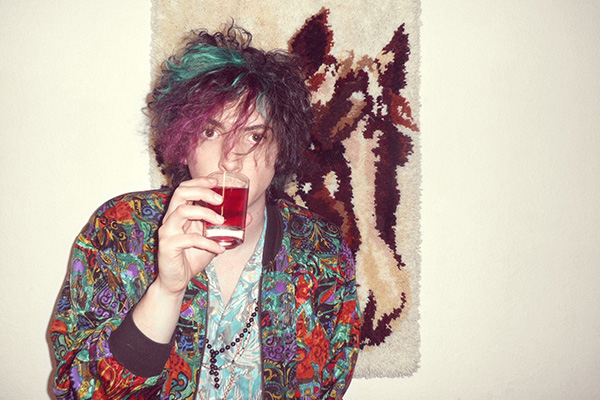
Too often, music genres with names of little cultural meaning will appear. For every “punk,” “Britpop” or “new wave,” there are 10 genres whose nomenclature is fabricated by the press. These are often arbitrary designations, referring solely to a type of music’s sound. Chillwave is one such genre.
The term “chillwave” was first used by the blog Hipster Runoff in 2009, and by 2010 was adopted by mainstream publications like The New York Times. It describes a sound — but unlike “punk” or “new wave,” it doesn’t signify any meaning or ideology beyond musical aesthetic. In the alternative music press culture of the mid-’00s, anyone with a keyboard and a blog could take a prefix and a suffix and create their own genre portmanteau — “nu-gaze,” “witch house,” “drone folk” and “death disco,” to name a few.
Chillwave proved one of the most popular of these compound adjectives. It became a catch-all phrase to refer to any band with a sound characterized by a heavy use of effects processing, sampling, looping and vocal distortion. In hindsight, the sound is perhaps typified most by Washed Out’s 2009 track, “Feel It All Around.”
In 2013, with the sophomore releases of several chillwave bands, listeners are given pause — it begins to seem inappropriate to call chillwave a genre rather than a trendy flash in the pan. Genres like punk are held together by ideas, while chillwave is defined by its surface qualities. By focusing only on the sound of the music instead of the identity of the acts, it seems as though the entire chillwave classification is destined to lose meaning as soon as its bands began to experiment with new sounds.
Now, we are watching this implosion happen en masse. Many of the most quintessentially chillwave acts have released sophomore albums this year — Youth Lagoon’s “Wondrous Bughouse,” Small Black’s “Limits of Desire,” among others. Unlike on their past works, these bands now sound nothing alike. “Wondrous Bughouse” is an expansive, psychedelic dark carnival of an album, airy and boisterous, whereas Youth Lagoon’s debut is introverted and contained. “Limits of Desire” takes the chillwave archetype and blows it up into a propulsive synthpop album, one more similar in its form and intention to the pop tracks on M83’s “Hurry Up, We’re Dreaming.”
Even bands that were on the periphery of the chillwave style in 2009 are now moving toward different sounds. Bands like Summer Camp and Best Coast, once sunkissed and lo-fi, are opting for pristine vocals and higher production values with recent sophomore releases.
Of course, many acts have remained content to continue in their style. “Paracosm,” the new album from Washed Out, has elements of Krautrock, free jazz and trip-hop, but for the most part, they keep in line with a familiar sound. Com Truise, Summer Heart and Blackbird Blackbird have also recently released work in line with earlier output.
So where does this leave chillwave? As these acts continue to grow and expand, some pursuing a familiar direction and others wildly diverging, the label of chillwave seems to lose meaning. We turn to acts once said to represent the genre, and see little continuity. Perhaps labels like chillwave — defined by style rather than substance — can only be expected to lose meaning with the passing of musical trends.
A version of this article appeared in the Thursday, Sep. 12 print edition. Alex Pototsky is a contributing writer. Email him at [email protected].























































































































































